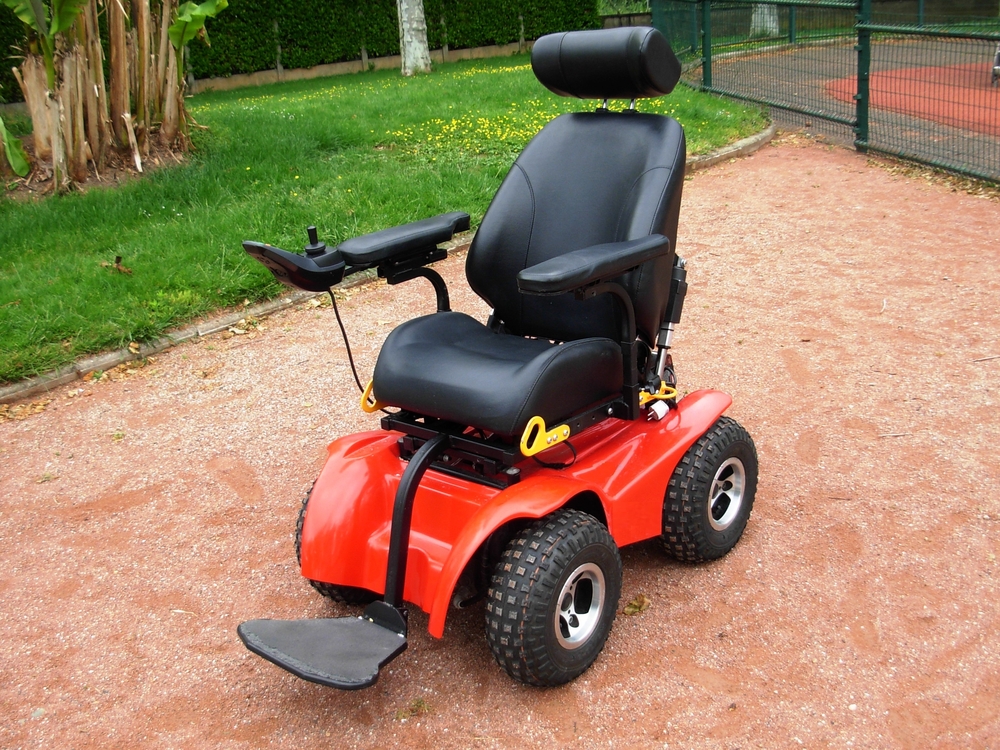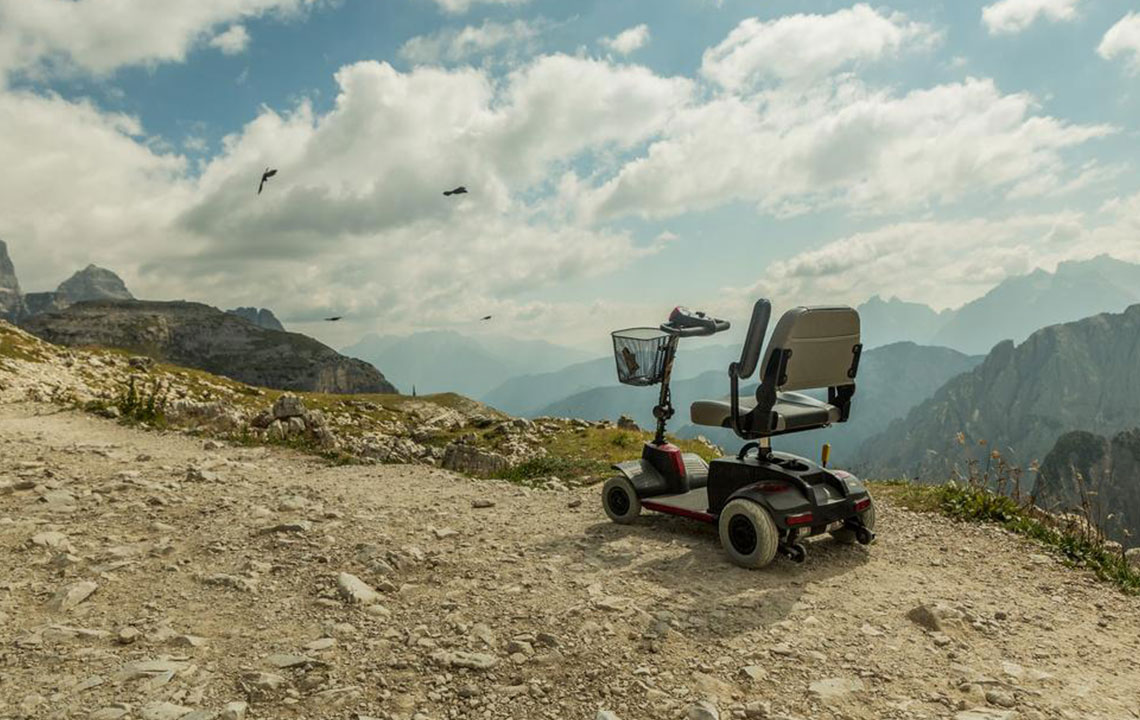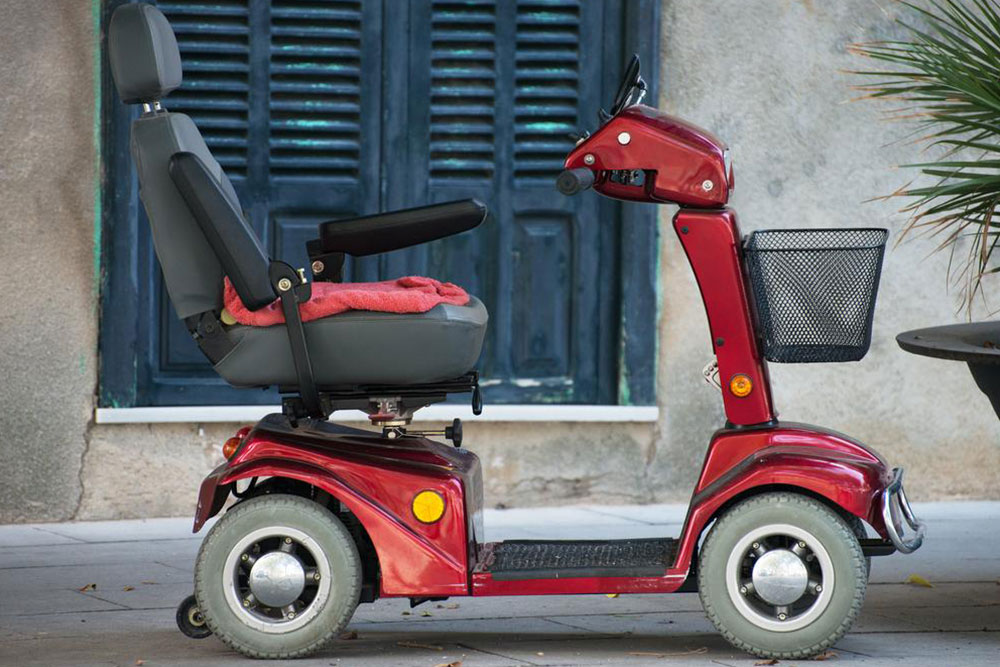Comprehensive Guide to Electric Mobility Scooters: Enhancing Independence and Mobility
Explore the comprehensive guide to electric mobility scooters, highlighting their features, design, benefits, and latest innovations. Discover how these versatile devices enhance independence, comfort, and safety for users with mobility challenges. Perfect for indoor and outdoor use, modern electric scooters are customizable, portable, and equipped with advanced safety features to improve quality of life. Learn about selection tips and technological advancements that make electric scooters an excellent mobility solution for various needs, enabling users to travel confidently and comfortably across terrains while maintaining autonomy.

Comprehensive Overview of Electric Mobility Scooters
Electric mobility scooters have revolutionized personal mobility for individuals with physical limitations, offering a reliable and efficient way to navigate both indoor and outdoor environments. These innovative devices, powered by rechargeable batteries, empower users to regain independence, reduce physical strain, and participate more actively in daily activities. Unlike traditional manual wheelchairs, electric scooters provide a smoother experience, enabling users to travel longer distances and explore various terrains with ease. This guide explores the essential features, design considerations, usage benefits, and modern advancements of electric mobility scooters to help you make an informed choice.
Whether you are recovering from an injury, managing a chronic condition, or facing age-related mobility challenges, electric scooters are designed to meet diverse needs. Their versatility extends from indoor settings, such as homes and shopping centers, to rugged outdoor trails and parks, making them suitable for a wide range of lifestyles. Thanks to their customizable features, safety enhancements, and ergonomic designs, modern electric scooters are more than just mobility aids—they are tools that promote autonomy and enhance overall quality of life.
In-Depth Features and Design Elements
Electric mobility scooters are composed of several integrated components that work together to deliver a seamless riding experience. Central to these are the powered drive systems, rechargeable batteries, and intuitive control panels. The drive systems generally include either four or six wheels, with each configuration optimized for specific terrains—four wheels tend to offer enhanced stability indoors, while six-wheel designs provide better traction and balance on uneven surfaces.
Batteries are the heart of electric scooters, with options ranging from compact 12V units to larger 80V systems. These batteries can be wet (fluid-based) or dry (sealed), with dry-cell batteries often preferred for travel due to their safety and ease of maintenance. The runtime of a single charge varies depending on the battery capacity but typically provides sufficient range for daily errands or outdoor excursions.
The control panel, usually a handheld joystick or a similar interface, allows users to effortlessly manage speed, direction, and braking. Many models include assist features such as speed limiters, reverse functions, and even programmable modes to suit individual preferences. For caregiver support, some scooters come with added controls or remote operation capabilities, enhancing safety for users requiring assistance.
Seating Comfort and Customization Options
Comfortable seating is essential for ensuring prolonged use without fatigue. Modern electric scooters feature ergonomically designed seats constructed from durable materials like vinyl, nylon, or breathable mesh. Adjustable features such as height, tilt, and armrest positioning allow users to personalize their seating experience. Additional options like extra padding, cushioned footrests, and lumbar support are available to further enhance comfort and accommodate specific health conditions or ergonomic needs.
Designed for Varied Environments
One of the key strengths of electric mobility scooters is their adaptability to different environments. Indoor models are optimized for smooth surfaces such as carpet, tile, or hardwood floors, with compact sizes for easy maneuverability in tight spaces. Outdoor-designed scooters boast rugged tires, increased ground clearance, and weather-resistant features to handle rough terrains like gravel, grass, or uneven pavements. For users needing a versatile solution, hybrid models with customizable features can easily transition between indoor and outdoor use, providing flexibility in daily mobility routines.
Why Opt for an Electric Mobility Scooter?
Choosing an electric scooter profoundly impacts independence, safety, and overall lifestyle quality. These devices are engineered to be reliable, offering a safe and comfortable transportation method that reduces reliance on others. With a wide array of models available, users can select scooters that match their aesthetic preferences, functional needs, and physical capabilities. Features like adjustable speeds, safety alarms, and anti-tip mechanisms contribute to secured operation, giving users confidence in various settings.
Transportability is another major advantage. Many electric scooters are lightweight, foldable, and come with transportation accessories such as carrying cases and portable batteries. This makes travel, shopping trips, or visits to friends and family more effortless. Transitioning from manual wheelchairs or crutches to an electric scooter can dramatically enhance users' autonomy, reduce fatigue, and promote active participation in day-to-day activities.
Modern innovations continue to enhance the landscape of electric mobility scooters, including advanced battery technology for extended ranges, improved shock absorption, and smart connectivity features that allow users to monitor their device remotely. These ongoing developments ensure that electric scooters remain a top choice for safe, reliable, and comfortable mobility solutions for individuals across ages and lifestyles.





